In pictures: Egypt from bullets to ballots
Egypt is holding elections for both houses of parliament following months of upheaval.
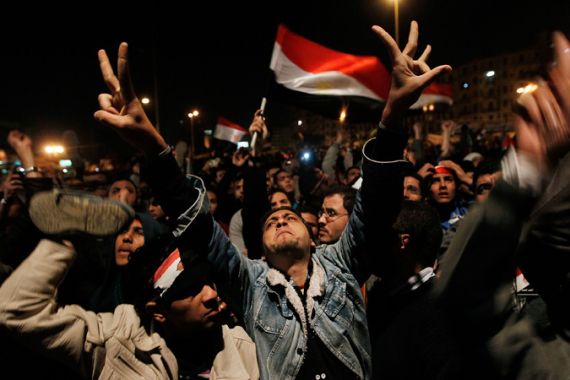
In February 2011, mass protests in Egypt unexpectedly toppled long-time ruler Hosni Mubarak. The nine months since Mubarak’s resignation have been almost as eventful.
It has been a period of both hope and despair. Sectarian clashes and violent protests threatened to derail Egypt’s journey from dictatorship to democracy.
But there have also been moments of overwhelming euphoria, particularly when Mubarak and his sons found themselves on the dock facing trial in a Cairo court.
The trial was proof enough that the country had changed since the revolution. The following images chart the process of transformation, with its pitfalls and its indicators of progress.
 |
| 1) Inspired by the Tunisian uprising, Egyptians took to the streets on January 25, 2011 to demand political reform. As the demonstrations escalated, protesters increasingly called for the resignation of Egyptian President Hosni Mubarak, who had ruled the country since 1981 [EPA] |
 |
| 2) Matters came to a head as protesters took over Tahrir Square, in central Cairo, and refused to budge unless Mubarak stepped down [EPA] |
 |
| 3) On February 11, after just 18 days of protests, Mubarak announced his resignation, leading to spontaneous celebrations [EPA] |
 |
| 4) In March, Egyptians went to the polls to vote on a referendum for changing Egypt’s constitution. Seventy-seven per cent voted in favour seeking safeguards to Egypt’s democracy. However, some charged that the referendum did not go far enough [EPA] |
 |
| 5) But as Egyptians eyed democracy, sectarian tensions flared and there were clashes between Muslims and Coptic Christians [EPA] |
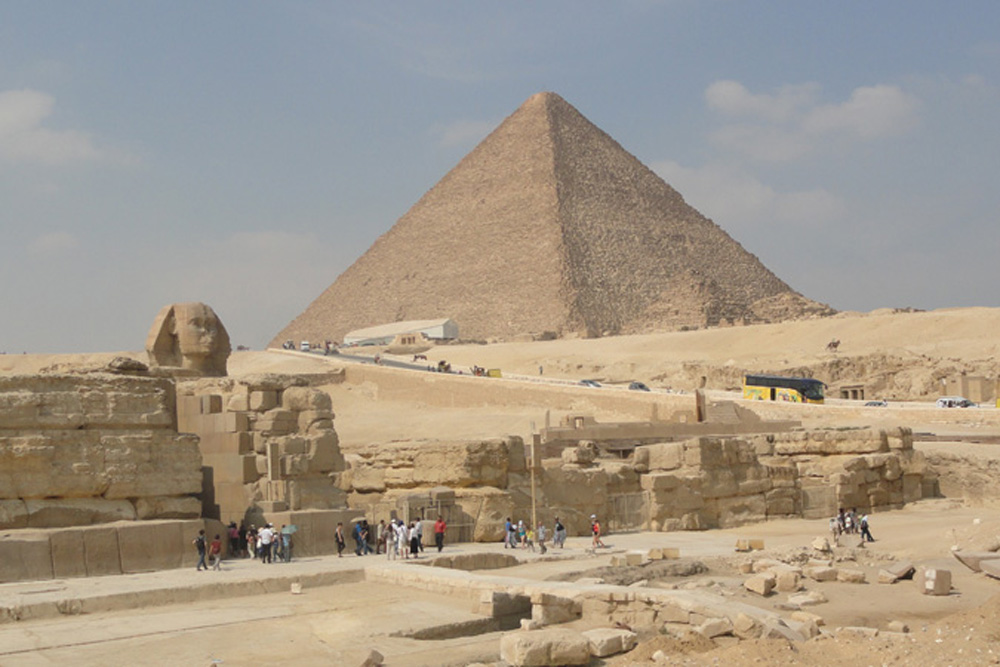 |
| 6) It has not been an easy journey, and the upheaval has meant a drastic decline in tourism to Egypt’s famed destinations [Dorothy Parvaz/Al Jazeera] |
 |
| 7) But sizeable gains were made and political restrictions loosened. The Muslim Brotherhood – one of the oldest Islamist parties in the world – was legalised. The Brotherhood plans to field candidates in the upcoming parliamentary elections [EPA] |
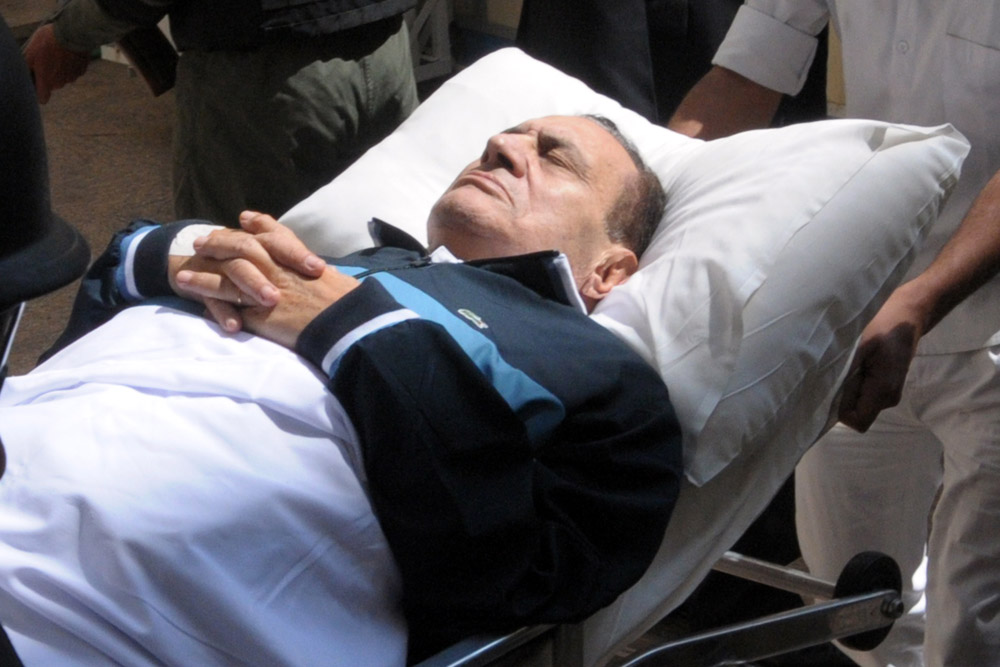 |
| 8) In August Mubarak was wheeled into court on a hospital bed to face charges of corruption and for allegedly ordering the killing of protesters. His sons Alaa and Gamal and some of his top aides are also on trial [EPA] |
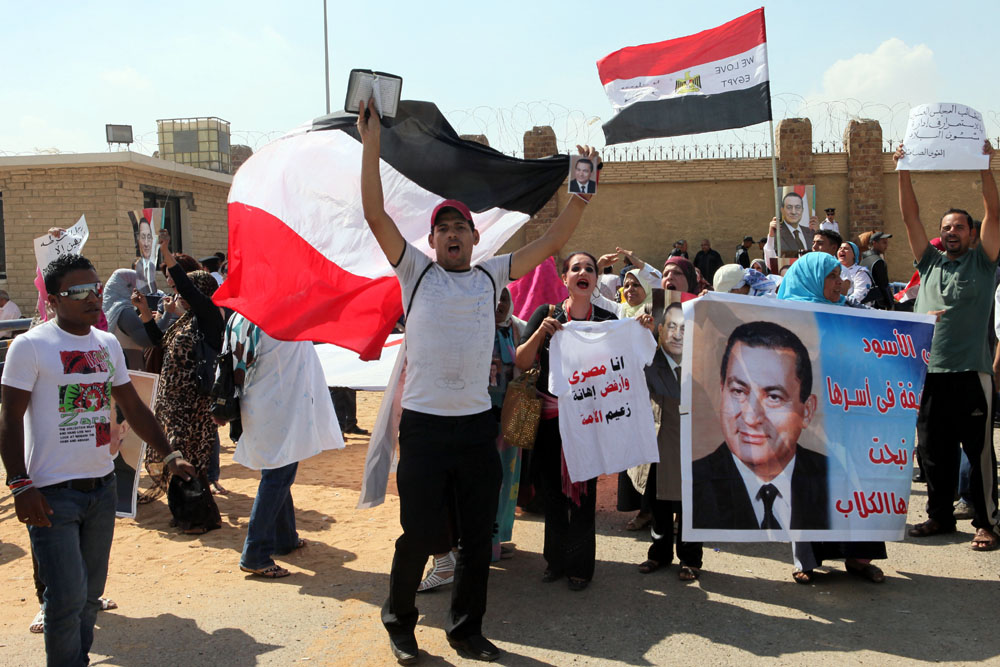 |
| 9) However, a small but significant demographic remains sympathetic to Mubarak and some of them protested outside the court [EPA] |
 |
| 10) On September 9 Egyptian protesters surrounded the Israeli embassy, broke a concrete wall protecting the building, and took down the Israeli flag in response to the deaths of five Egyptian policemen on the Israel-Egypt border. The embassy attack damaged relations between the two countries, although the Egyptian government vowed to tighten security following the incident [EPA] |
 |
| 11) Egypt is being run indefinitely by the Supreme Council of the Armed Forces (SCAF), a group of 20 military officers. It is headed by Mohamed Hussein Tantawi, right [EPA] |
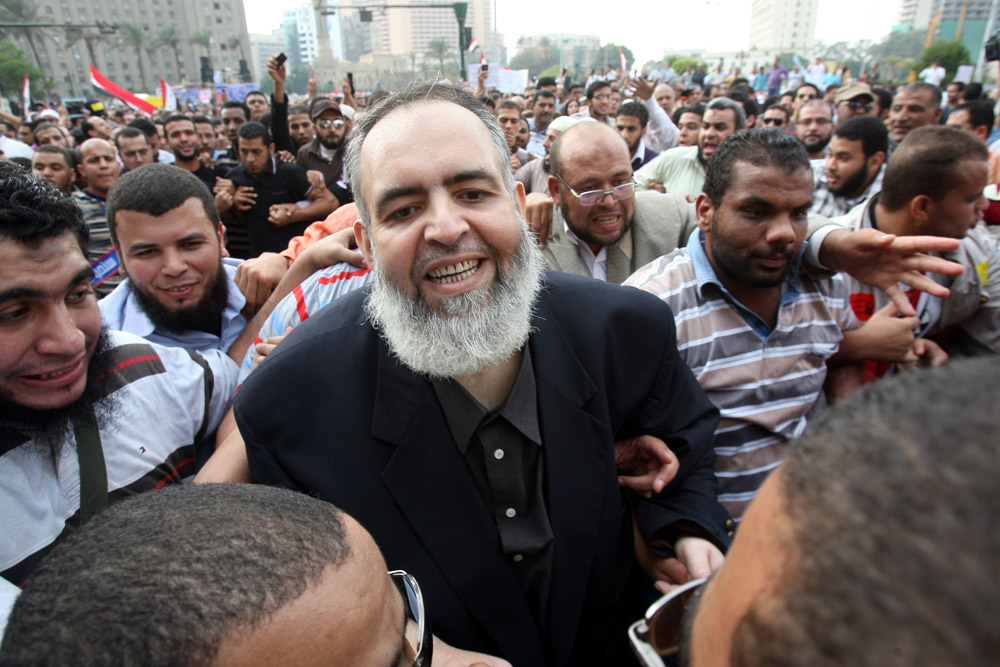 |
| 12) But many Egyptians resent SCAF’s role and hope that the elections will hand over power finally to elected civilians [EPA] |